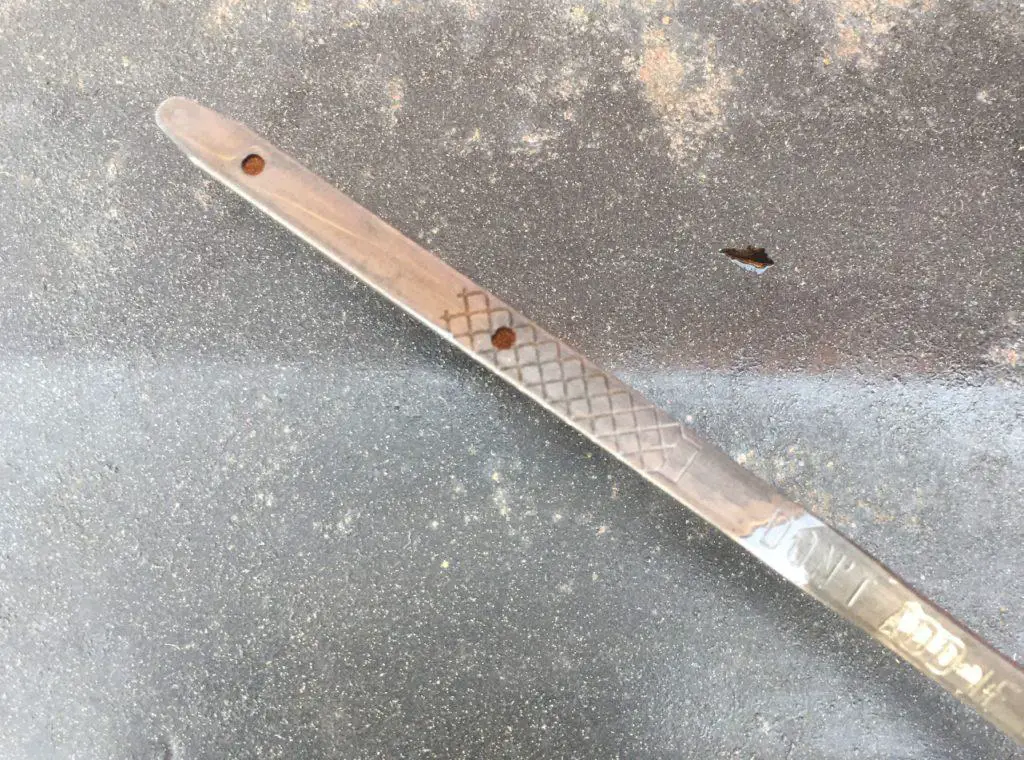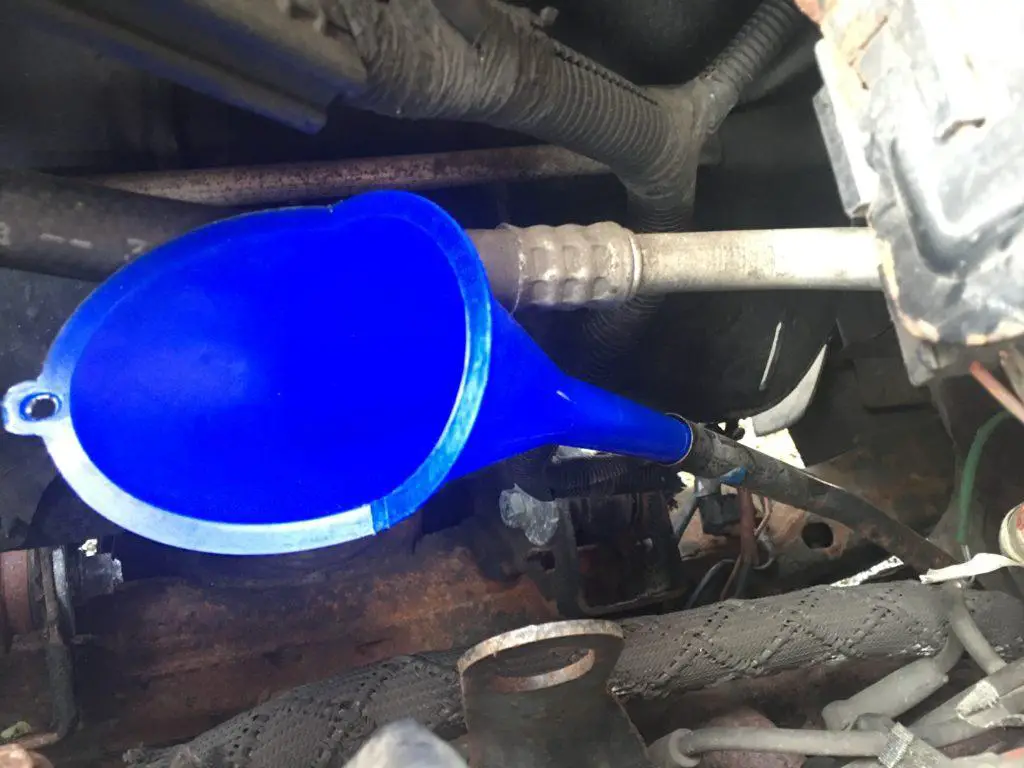If you’re looking to check automatic transmission fluid or add an additive to boost the performance of your automatic transmission, chances are you’re already wondering how this is done. Understanding the process is essential even before you look for an additive. We’re going to show the most common method, but here at Additive Help we encourage everyone to first consult their vehicles user manual, as there may be different ways to add fluid.
The most common way to check and add fluid to an automatic transmission is via a dipstick and dipstick tube. Some automatic transmissions do not have this dipstick but it’s less common to find a vehicle that does not. The entry point to a transmission that does not have a dipstick is typically via some kind of port on the side of the transmission that would need unscrewed and have liquid pumped into it. We will be covering how to locate and add fluid to vehicles that contain a dipstick tube.
How to Locate Your Vehicles Transmission Dipstick

So you’ve consulted your vehicles user manual and found it does in fact have a dipstick for the automatic transmission. What’s next? You’ll have to dig into the jungle that is the engine bay an locate it.
Depending on the make and model of your vehicle, the dipstick handle for the automatic transmission could be different colors. Typically, you’ll find either a yellow or red handle. Again, it’s very important to identify this before adding fluid or you could damage your vehicle. In the example we are using today, the dipstick has a yellow handle and is labeled “TRANS FLUID” and even has the type of fluid it takes. This is an example of one of many ways a transmission dipstick could look.
How to Read Your Vehicles Transmission Dipstick

Once you’ve located your automatic transmission dipstick, it’s time to see what’s inside. Grab a shop towel or old rag you don’t mind getting dirty. Before you check automatic transmission fluid, it must first be at running temperature. You can check the fluid level after going for a drive, or simply warm your vehicle up for a few minutes to get it up to temp.
Once at operating temperature, pull the dipstick from it’s tube and wipe it clean. Next you’ll want to reinsert it fully, then pull it back out and check where the fresh fluid line is at. You won’t be able to get an accurate reading if you don’t clean the dipstick off first since the fluid sloshes around while you drive.
On most dipsticks such as the one pictured, the fluid should be closer to the top circle. On this particular dipstick, there is a crosshatched area with a message that reads “Don’t Add If In Crosshatched Area”. Make sure the fluid is at or near the top circle, and make sure not to overfill.
How to Add Fluid to Your Vehicles Automatic Transmission

If you checked your vehicles automatic transmission fluid and found it is low, or have an additive to go in, you can add it following these simple steps.
In a typical transmission, the fluid is added through the dipstick tube. By this point it’s assumed that this tube has been located in your vehicles engine bay. A funnel will have to be used, typically a longer funnel that will be able to reach the tube and has a narrow point that will fit inside the tube. This will vary depending on the setup of your vehicle and where the dipstick tube is located. On our test vehicle pictured, the dipstick tube was a little lower in the engine bay so we required a longer funnel.
Once your funnel is in place, simply pour your fluid in! If you are putting an additive into the system, be sure not to overfill the fluid. If you’re not sure exactly how much should go in, it is best to stop and check the fluid level on the dipstick during the process to be safe.
Final Thoughts
We hope this helped lay out the steps to check automatic transmission fluid and add additional to your vehicles transmission when needed. We wanted to show just how easy it is and ensure that it can be done by anyone! If you’re looking for an additive to help your automatic transmission, made sure to check out our other transmission articles for some excellent additives!
- Easy How to: Check Automatic Transmission Fluid Level
- 8 Great Additives to Reduce Automatic Transmission Slipping
- 5 Best Additives to Stop a Transmission Leak
Brian is one of the best when it comes to tinkering and engines of all shapes and sizes. Growing up as the son of a mechanic, he started turning wrenches before he could even walk. Naturally, he’s one of our favorites to consult when it comes to keeping our equipment in tip top shape.
